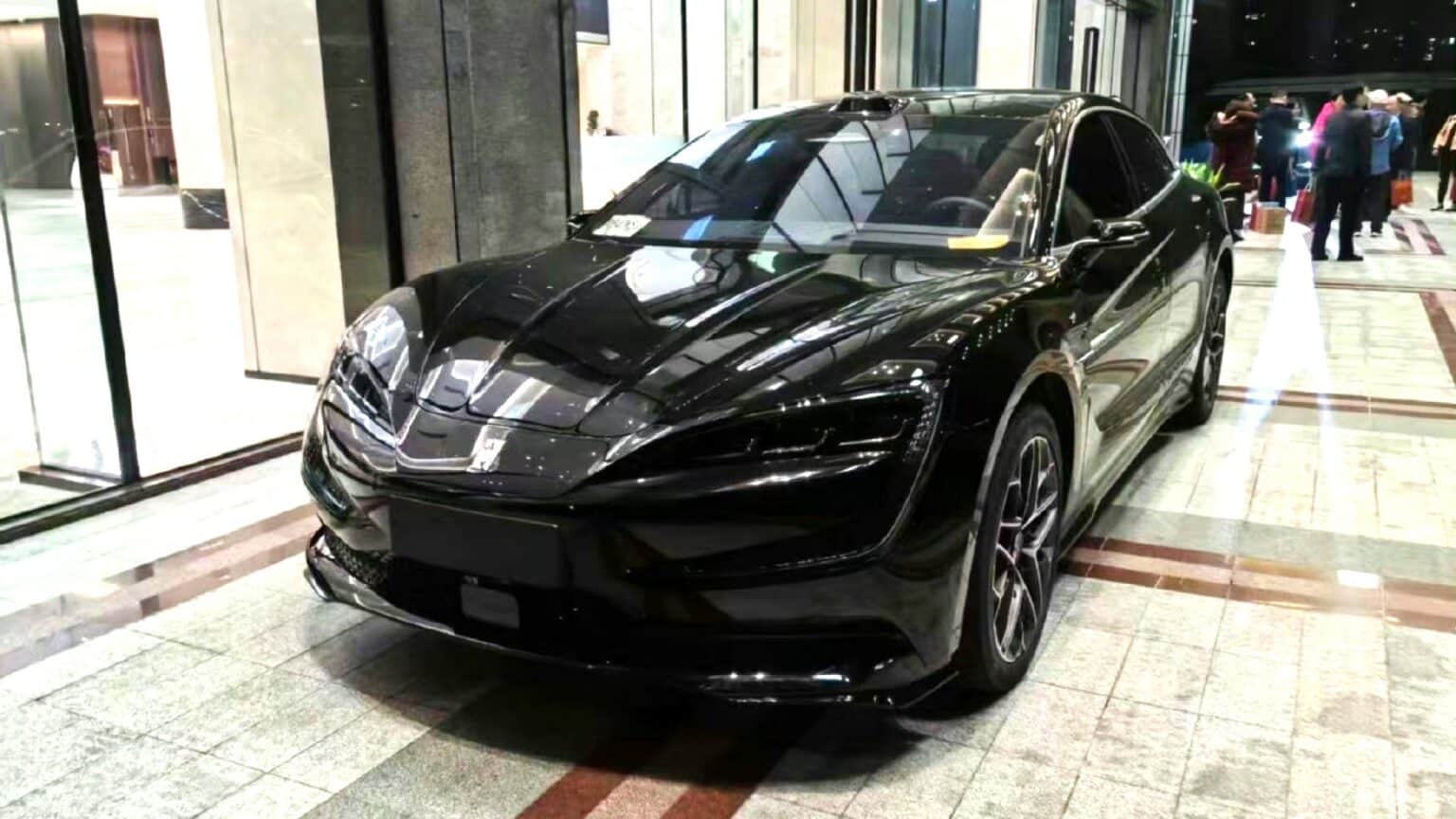BYD has unveiled its ultra-luxury electric sedan, the YangWang U7, which is setting new standards in the electric vehicle (EV) market. The U7 boasts a remarkable 800-km range on a single charge, thanks to its substantial 135.5 kWh LFP (Lithium Iron Phosphate) battery. This range places the U7 in direct competition with some of the most powerful and luxurious electric sedans currently available.
The YangWang U7 is not just about impressive range; it also delivers an astounding power output. Equipped with four electric motors, the sedan can generate a total of 1,287 horsepower, surpassing the Tesla Model S Plaid’s 1,025 horsepower. This makes the U7 one of the most powerful EVs slated for the market, emphasizing BYD’s commitment to combining luxury with performance.
This luxury sedan is part of BYD’s high-end YangWang brand, which was introduced to cater to the premium segment of the electric vehicle market. The U7’s unveiling follows the launch of the U8 EREV off-roader, expanding the YangWang portfolio to include a high-performance sedan that promises a blend of speed, style, and sustainability.
The U7’s design and specifications show BYD’s ambition to challenge established luxury electric vehicles like the Mercedes-EQ EQS and BMW i7. With features such as optional side-view cameras, aerodynamic wheel covers, and a drag coefficient of 0.195 Cd, the U7 is designed for efficiency and speed, boasting a top speed of 270 km/h. The interior offers a modern luxury experience with a three-screen layout and options for four or five seats.
Expected to launch in China later this year, the YangWang U7 is anticipated to start at around $140,000. This pricing reflects its position as a premium offering in the electric vehicle market, aiming to attract buyers looking for the ultimate combination of luxury, performance, and environmental consciousness.
BYD’s introduction of the YangWang U7 marks a significant step forward in the EV industry, showcasing the company’s innovative capabilities and its ambition to lead in the high-end electric vehicle segment.
